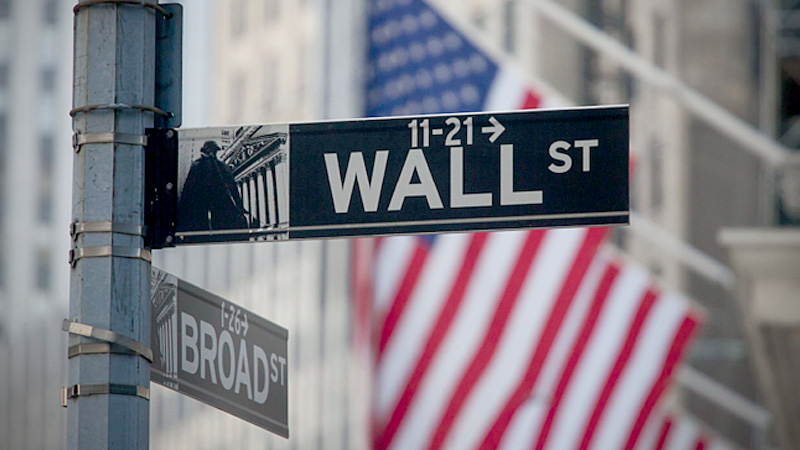
The coronavirus pandemic has damaged New York state’s ability to provide fair funding to the State University of New York. As such, it is more important than ever for state officials to pursue other revenue raisers to fund public education in New York, including SUNY.
There are options available that could raise as much as $23 billion annually, without causing a detrimental impact to the state’s economy. United University Professions supports four such alternatives: enacting new taxes on ultra-millionaires and billionaires, a pied-a-terre tax, and reducing or eliminating the stock transfer tax.
Most New Yorkers support new taxes on ultra-millionaires and billionaires, and are for imposing a new tax on luxury, multimillion-dollar second homes. A February poll, even before the worst of the pandemic hit our economy, done by the Washington, D.C.-based Hart Research Associates found that 92 percent of respondents favored a tax increase for billionaires and ultra-millionaires, and a pied-a-terre tax on opulent second homes and apartments in New York City with an assessed value over $5 million.
The survey, released by unions across New York—including UUP—echoes a January Data for Progress survey that said New Yorkers backed a “wide range of tax increases,” including an ultra-millionaires’ tax, a wealth tax and a pied-a-terre tax. Other independent budget groups—such as the Fiscal Policy Institute—have highlighted a stock transfer tax as viable option to capture revenue without affecting New York’s economy.
NEW YORK HAS A HISTORY OF RAISING TAXES ON THE WEALTHY DURING ECONOMIC DOWNTURNS:
- During the Great Depression, Gov. Herbert Lehman raised taxes on the wealthy by 2 percent.
- Gov. Nelson Rockefeller raised taxes by 3 percent during the “Eisenhower Recession” of 1958-1959, and 4.9 percent during the 1961 recession.
- Legislators levied a 1.1. percent tax on the wealthy during the post-9/11 recession, overriding vetoes by Gov. George Pataki.
- During the Great Recession, Gov. David Paterson instituted the state’s first Millionaire’s Tax in 2009, raising taxes on the rich by 1.1 percent.
Most experts concur that investing in higher education and in tomorrow’s leaders creates jobs today. University research paves the way for innovations to drive our industries and allows our students to graduate with less student debt—freeing them to be entrepreneurs and providing them with more income to support local businesses and our upstate communities.
UUP supports the creation of new sources of revenue to fund SUNY and CUNY and to reverse a decade of disinvestment in public higher education.
These sources include:
Billionaires’ Tax: $5.5 billion in new state revenue annually
- A wealth tax on billionaires would create a yearly assessment on the speculative wealth of billionaires, which includes unrealized capital gains.
- This tax is projected to generate $5.5 billion or more per year.
Ultra-millionaires’ Tax: Two proposals
- The Shared Help Assessment to Rebuild Education Act (SHARE Act) proposed by Sen. Shelley Mayer (S.8329) and Assemblymember Deborah Glick (A.10450), would create a higher income-tax bracket for New Yorkers who earn more than $5 million in fiscal years 2020 and 2021.
- The new revenue would go directly to public education and public higher education, with 85 percent to P-12 and 15 percent to SUNY and CUNY.
- A flat tax rate of 10.90 percent would be created for New Yorkers who fall in that new tax bracket. It would generate more than $2.5 billion.
- The income bracket would expire after two years
- Legislation proposed by Sen. Rachel May (S.8164) and Aravella Simotas (A.10364) would create a new tax rate of 10.32 percent for New Yorkers who make more than $100 million annually.
- It would also create new income-tax brackets for incomes above $5 million and $10 million per year.
- The proposed top bracket would be below the tax rates in New Jersey and California and affect about 4 percent of New Yorkers.
- Since the state passed a millionaire’s tax in 2016, the number of millionaires in New York grew by 72 percent and their wealth increased by 54 percent.
Pied-à-Terre Tax: About $650 million in new state revenue annually
- his tax, as proposed by Sen. Brad Hoylman (S.44) and Assembly member Deborah Glick (A.4540), would be an assessment on luxury, non-primary residences in New York City, with an assessed value of more than $5 million.
- It is estimated that a mere 2 percent of the city’s housing stock would qualify for the pied-à-terre tax.
Reduce or Eliminate Stock Transfer Tax: Up to $14 billion in new state revenue annually
- Enacted in 1905, this tax still exists in state law at ¼ of 1 percent on transfers on stocks and bonds in the financial markets. In the 1980s, the state began rebating the collected revenue to stockbrokers.
- Reducing or eliminating this tax would also cut down on financial “churning,” where money is moved around in the financial industry with no impact on economic productivity or our economy.
- Sen. James Sanders (S06203) and Assembly member Phil Steck (A07791-A) sponsored this legislation.
